PepsiCo Supply Chain: From Tradition to Innovation
- Supply Chain
- Food & Beverage

Picture a world without Pepsi, Doritos, or even Captain Crunch.
Hard to imagine, right?
These aren’t just the flavors of childhood, they’re staples of adult lives, too.
But these delights don’t just magically teleport onto store shelves. Each food item must traverse the complex PepsiCo supply chain to reach its destination.
PepsiCo didn’t always operate with the same level of efficiency in delivering these products, generating an annual revenue of $91.471B. When the COVID-19 pandemic struck in 2020, PepsiCo realized it was time for a revamp—a bold vision to transform its supply chain for the future.
Background of PepsiCo’s Supply Chain
Prior to the transformation, PepsiCo was still a force to be reckoned with. The PepsiCo global supply chain formed a vast web of interconnected suppliers, distributors, and partners who ensured that the food and beverage products we love made it to the shelves.
Although successful, managing such a diverse portfolio of products in a complicated supply chain continued to face numerous challenges:
- Global scale of PepsiCo logistics
- Environmental impact and waste
- Supply chain disruptions due to world events
- Rapidly changing consumer preferences
- Aging supply chain technologies
- Ethical sourcing and fair labor practices
- Maintaining health and safety standards
Following the outbreak of the COVID pandemic, PepsiCo realized it needed to undergo a new transformation if it was to keep pace with the times and remain both profitable and resilient.
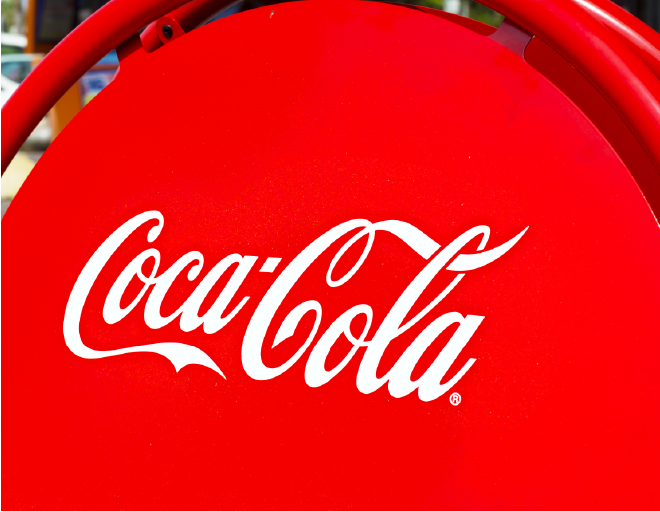
The Magic of the Coca-Cola Supply Chain
READ MORE »Initiation of Transformation
In September 2021, PepsiCo announced the launch of pep+ (pep Positive), an ambitious strategy aimed at end-to-end supply chain transformation. At the core of this major initiative was sustainability.
In the words of Ramon Laguarta, PepsiCo’s Chairman and CEO: “pep+ is the future of our company—a fundamental transformation of what we do and how we do it to create growth and shared value with sustainability and human capital at the center. It reflects a new business reality, where consumers are becoming more interested in the future of the planet and society.”
The company aimed to go beyond being “always everywhere.” Instead, pep+’s focus was to create a positive value chain that included:
- Achieving Net-Zero emissions by 2040
- Becoming Net Water Positive by 2030
- Using more sustainable packaging
- Investing $570 million in DEI initiatives
- Evolving its food and beverage portfolio diversity
- Introducing a global workforce volunteering program
By reimagining its approach from sourcing ingredients to delivering products, PepsiCo sought not only to streamline its vast global operations, but also to lead by example in sustainability.
The new focus on regenerative agriculture, net-zero emissions, and packaging innovations underscores the company’s commitment to a greener future, setting new standards for the industry and securing PepsiCo’s place as one of the top supply chain companies in the world.

Sustainable, Smart, and Lean: New Frontiers in the Supply Chain
LEARN MORE »Challenges Identified
PepsiCo’s new strategy, though ambitious, presented numerous challenges. To bridge the gap between the supply chain’s current state and its future desired state, the company would have to adapt.
Some of the challenges impacting PepsiCo’s strategy included:
Manufacturing and Distribution Capacity
PepsiCo found itself lagging in the essential infrastructural capabilities needed to support its expanding product line. The existing facilities lacked the manufacturing and distribution bandwidth needed to handle the diversity and volume of products that the company envisioned for its future.

Improve Manufacturing Bandwidth without Adding Infrastructure
LEARN MORE »Complexity of Product Lines
Expanding beyond traditional snacks and beverages to include a wider array of products like pasta, syrups, and cookies introduced a new level of complexity. Managing such diverse product lines required a more sophisticated and flexible supply chain strategy.
Adapting to Market Demands
The company’s traditional strategies were becoming obsolete in the face of changing market dynamics. Consumer preferences were shifting towards healthier, more nutritious options, and PepsiCo’s supply chain needed to adapt to these new demands efficiently—or risk falling behind the competition.
Sustainability Efforts
While PepsiCo was making strides on its sustainability journey, efforts were not sufficient to meet the ambitious environmental goals set by the company. The need for more aggressive and innovative approaches to sustainability was evident.
Global Sourcing Requirements
Many of PepsiCo’s products required ingredients sourced from different parts of the world. The challenge would be to ensure a reliable supply of these ingredients while maintaining the quality and ethical standards of sustainable sourcing.
Technology Integration
To advance the “always everywhere” vision, integrating cutting-edge technology for better supply chain visibility, forecasting, and inventory management was essential. However, these technologies would have to be implemented across a wide variety of operations and locations.
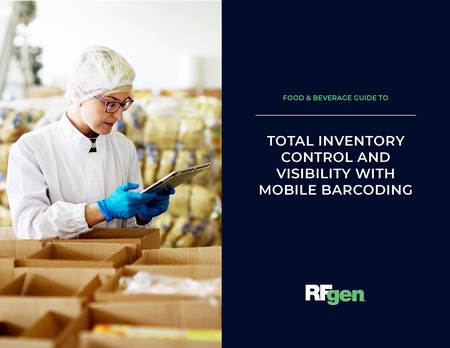
Achieve Total Inventory Control and Visibility in F&B
GET THE GUIDE »Partnership and Collaboration
Building and maintaining strong partnerships with suppliers, distributors, and retailers was critical for the transformation. However, aligning the interests and capabilities of these partners with PepsiCo’s ambitious goals would demand significant effort and negotiation.
Transformation Strategy
To transform, PepsiCo focused on the interrelationship of three areas: technology, innovation, and digital partnerships. The transformation would involve:
Evaluation and Integration of Innovative Startups
Central to this was PepsiCo Labs, an initiative that connected PepsiCo the corporate giant with agile innovators and startups.
With a keen eye for the business and a clear understanding of its intricacies, PepsiCo Labs embarked on evaluating over 2,500 startups, selecting around 200 for pilot projects that spanned autonomous technologies and beyond.
This approach enabled PepsiCo to tap into groundbreaking innovations that could streamline the company’s supply chain.
Embracing Audacious Goals Beyond SMART
The era of SMART goals was being eclipsed by the need for ambitious objectives. These goals would go beyond the achievable to stretch the imagination and capabilities of the team, some of which seemed almost unattainable.
Implementing such a bold strategy was aimed at exploring untapped potentials that could significantly improve sustainability and efficiency—a testament to PepsiCo’s commitment to dream big and execute on that dream.
Sustainability and Decarbonization
A cornerstone of the transformation was a renewed—and more aggressive—commitment to sustainability. This involved meticulous tracking and reduction efforts concerning water usage, carbon emissions, and overall environmental footprint.
Part of this endeavor included transitioning to electric vehicles for logistics for some PepsiCo North America routes, significantly reducing greenhouse gas emissions.
Another aspect involved replacing the last of its paper processes in inventory management with real-time digital records.
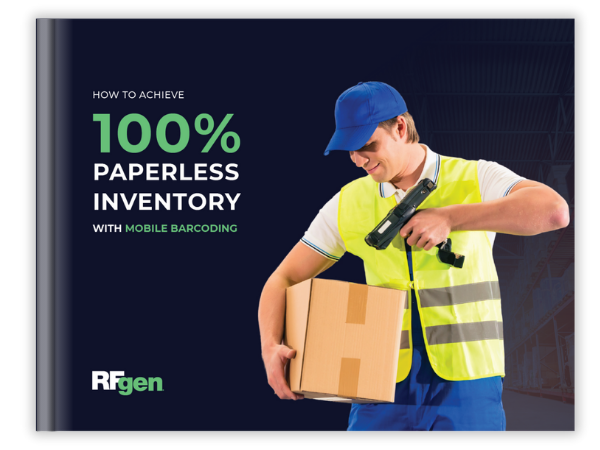
How to Achieve 100% Paperless Inventory Control
GET THE GUIDE »Digital Transformation
Technology played a major role in the transformation. The new strategy involved modernizing data and cloud infrastructure, as well as automating repeatable processes and workflows.
Digital technologies like mobile barcoding, warehouse automation, and RPA via software solutions were coupled with AI and robotics to enhance operations. These technologies elevated supply chain visibility, manufacturing agility, efficiency, and forecast accuracy.
This digital overhaul was pivotal in creating a more responsive and nimble supply chain capable of meeting the dynamic demands of the market.
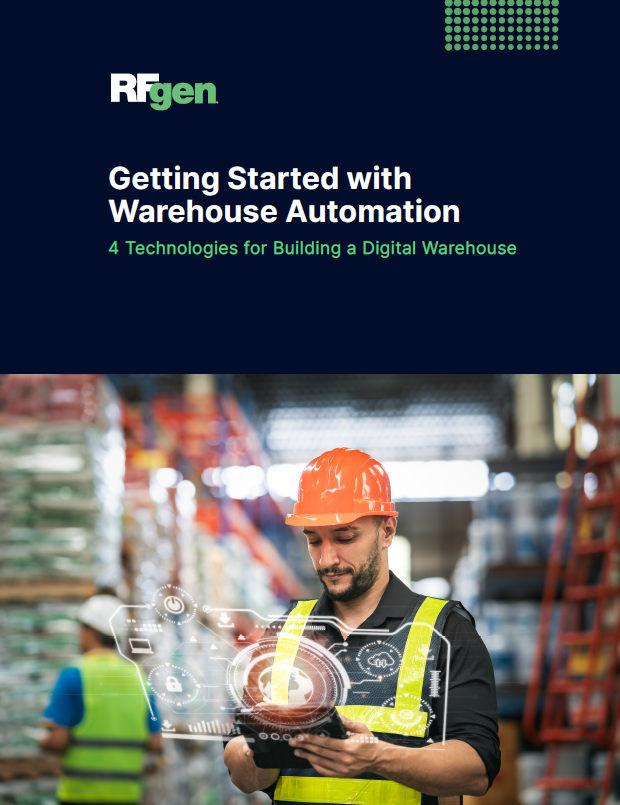
Getting Started with Warehouse Automation
DOWNLOAD NOW »Innovation in Logistics and Distribution
The pilot projects also explored innovations in logistics and distribution, such as deploying electric vehicles in distribution centers. The electric vehicle initiative in Queens, New York, served as a prototype for what could be achieved across the company’s global operations, marking a significant stride toward PepsiCo’s environmental goals.
Newer capabilities around predictive analytics and AI would also be used to enhance Pepsi logistics. Combined with its Tesla electric semi-truck fleet program in Northern California, PepsiCo’s vision for the future is soon to become a reality.
Partnership and Collaboration Framework
To cement itself as one of the best supply chain companies in the world, PepsiCo looked to its partner network. PepsiCo Labs fostered a culture of collaboration with internal and external partners. By working closely with startups, tech innovators, and other stakeholders, the company was able to co-create solutions that were both scalable and impactful.
Additionally, the company is striving to establish partnerships with organizations that support community development, with specific targets for improving the livelihoods of those in the supply chain.
Scaling Successes
These successful pilot projects were not just one-off experiments but were viewed as templates for scaling successes across PepsiCo’s global operations. Using this approach ensured that successful innovations could be leveraged to their fullest potential.
Key to scalability was automation. As mentioned previously, automation technology enabled consistency across numerous facilities with varying operation types. The ability to then tailor individual sites to unique workflows would be faster because of this standardization.

Achieve inventory standardization for your ERP and tailor to exact needs.
TALK TO AN EXPERT »Setting Bold Goals
Today’s supply chains move too quickly to play it safe. Playing it safe could very well mean falling behind. This is why PepsiCo decided to make a major leap forward.
Setting transformative goals became the bedrock of their strategy, challenging the status quo and inspiring a new corporate ethos.
Goals like sustainability initiatives and the ambitious push for decarbonization stood out as monumental tasks—with significant opportunities for improvement in reducing its environmental footprint.
Let’s look at these goals in more detail:
- Decarbonization and Environmental Stewardship: Launching a comprehensive sustainability agenda aimed at significant carbon footprint reduction across all operations, targeting a net-zero future.
- Water Conservation Efforts: Implementing groundbreaking water-saving technologies and practices in manufacturing processes, aiming to reduce water usage by half across global operations by a specific year, significantly surpassing industry norms.
- Renewable Energy Integration: Committing to powering 100% of PepsiCo’s operations with renewable energy sources, emphasizing solar and wind energy investments to ensure sustainable and eco-friendly production facilities.
- Waste Reduction: Beginning a zero-waste journey, striving to eliminate all forms of waste from the production and supply chain processes. This includes aggressive recycling programs, sustainable packaging initiatives, and the adoption of circular economy principles.
- Supply Chain Digitization: Creating a fully digital supply chain with real-time visibility and predictive analytics aimed at enhancing efficiency and reducing costs.
- Healthier Product Portfolios: Redefining product development strategies to focus on healthier, more nutritious options without compromising taste.
- Community Engagement and Fair Labor Practices: Deepening community ties and ensuring ethical, sustainable labor practices across the supply chain.
- Innovation in Packaging: Aim to achieve 100% recyclable, compostable, or biodegradable packaging materials across all product lines by a certain year, drastically reducing the environmental impact of product packaging.

The Benefits of Sustainable & Innovative Packaging
READ NOW »Achievements and Outcomes
Ambitions are nothing without results. While some initiatives are still in early phases, others like digital transformation are well underway.
Some have already yielded tangible, impactful results. For instance, PepsiCo saw a 91% reduction in greenhouse gas emissions from its fleet in Modesto.
Operationally, the company exceeded pre-COVID performance levels, a feat made possible only through digital technology, innovative strategies, and strong partnerships.
With new automation solutions, the company expects to further improve operational efficiencies in warehouses and production, while also reducing overhead costs.
These remarkable achievements are helping redefine what’s possible in supply chain management. And PepsiCo owes this to setting high benchmarks that establish new industry standards for supply chain excellence.
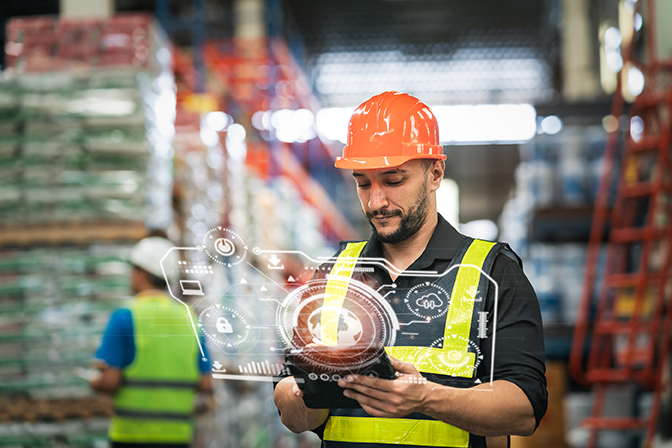
Achieve Visibility and Digital Transformation in Manufacturing
DOWNLOAD NOW »That’s a Wrap
PepsiCo’s supply chain transformation is a powerful narrative of how visionary goals, coupled with strategic innovation and close partnerships, can lead to groundbreaking achievements. This journey from traditional practices to a modern, sustainable, and efficient operation serves as a blueprint for the food and beverage industry.
What can we learn from PepsiCo’s success?
That we can’t underestimate the importance of embracing change, setting bold objectives, and the transformative impact of automation technology in today’s supply chain.
For businesses looking ahead, PepsiCo’s story illustrates the impact of ambitious, purpose-driven transformation in achieving supply chain excellence.
To learn how you can leverage highly efficient mobile technology to improve visibility, efficiency, and cost control, contact the experts at RFgen Software today.





